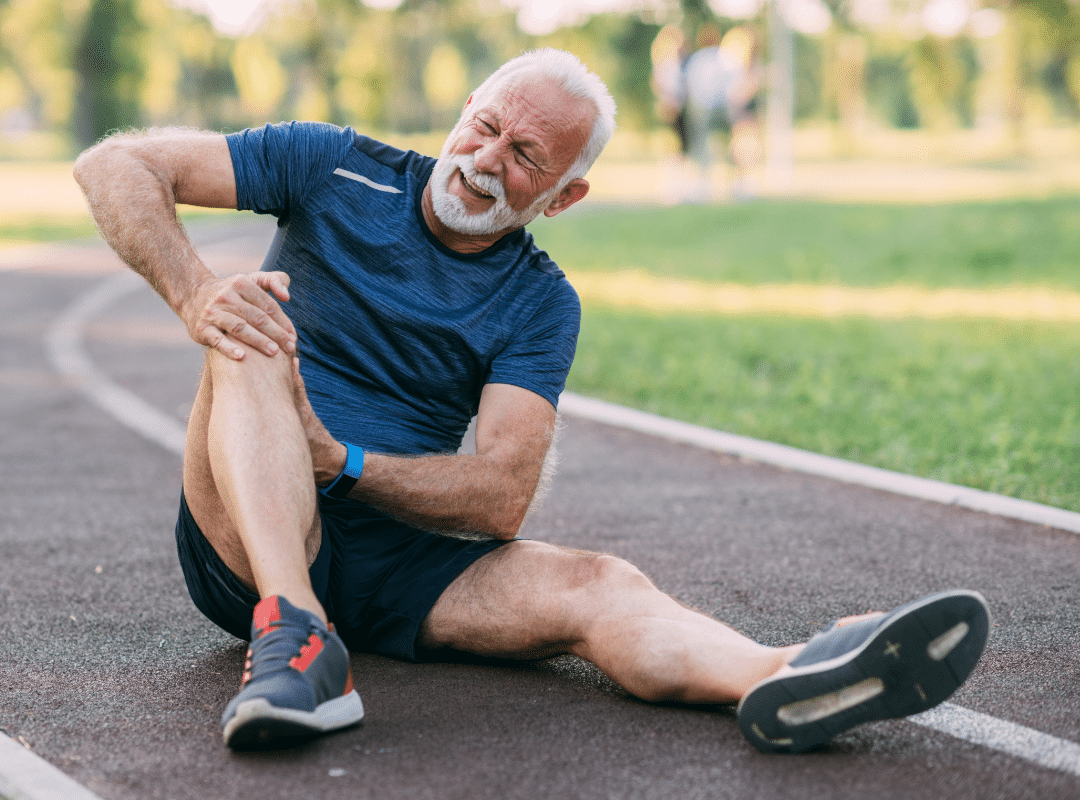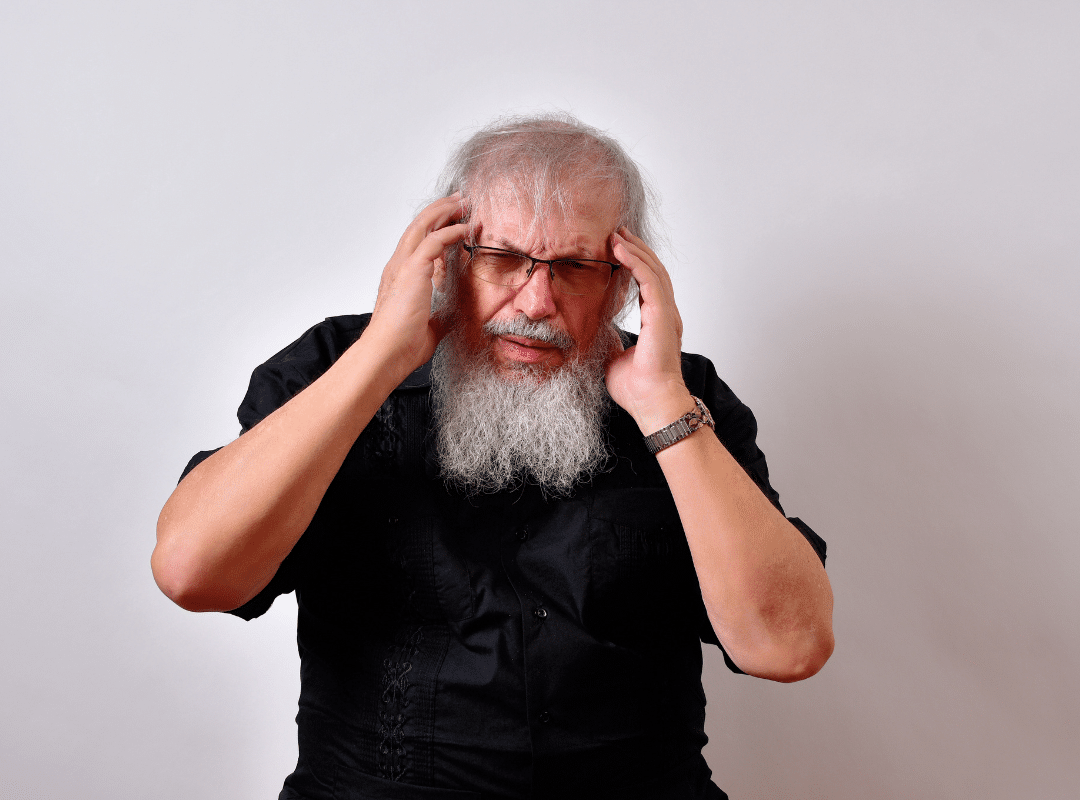Pain in the extremities is a common yet often misunderstood issue among seniors. At Magnolia Terrace Assisted Living, we understand how disruptive leg and arm discomfort can be to everyday life. From trouble walking to restless nights, the source of your pain could stem from various underlying conditions.
Understanding the reasons behind pain in the extremities is the first step toward regaining mobility and comfort. Whether it’s leg pain in elderly women, sudden severe leg pain in the elderly, or persistent discomfort during the night, it’s essential to uncover the root cause and find relief. This guide walks you through potential causes and practical solutions to help seniors live pain-free.
Understanding Circulation Issues and PAD
One major cause of pain in the extremities is poor circulation, often linked to Peripheral Artery Disease (PAD). This condition restricts blood flow due to narrowed arteries, leading to leg cramping, fatigue, and sometimes sudden, severe leg pain in elderly individuals.
What can cause severe leg pain in elderly individuals includes not only PAD but also issues such as diabetes and smoking, which damage blood vessels. Early symptoms of PAD—like pain during walking that subsides at rest—should never be ignored.
Routine check-ups, lifestyle changes, and physical therapy are essential to managing PAD effectively. These interventions help improve circulation, reduce leg pain, and enhance mobility.
Arthritis and Its Role in Leg Pain
Another contributor to pain in the extremities is arthritis, especially osteoarthritis. This condition wears down cartilage in joints, often leading to leg pain in elderly women who are more susceptible due to age and hormonal changes.
Symptoms such as stiffness, swelling, and restricted movement may increase, especially in the knees and hips. When unaddressed, arthritis can lead to falls and greater dependency. Thankfully, regular exercise, joint-support supplements, and daily care routines can help.
Combining medical treatment with gentle, joint-friendly movement like swimming or yoga can make a world of difference. These routines also support better posture, reducing night leg pain in elderly individuals caused by joint stress during the day.
Muscle Weakness from a Sedentary Lifestyle
Inactivity is a hidden but powerful trigger of pain in the extremities in seniors. Without use, muscles weaken, leading to poor support of joints and bones, which increases discomfort.
This is particularly true for those experiencing old age leg pain remedies through passive methods like painkillers without addressing the root issue. Staying sedentary also slows circulation, contributing to night leg pain in elderly people due to fluid accumulation and nerve compression.
Incorporating low-impact physical activities such as walking, stretching, or strength training can drastically reduce pain and improve overall health. Participating in fun activities promotes both social interaction and physical engagement.
Varicose Veins: Signs and Dangers
Varicose veins are twisted, enlarged veins commonly seen in the legs. These can cause leg pain in elderly women, especially when standing or sitting for extended periods. Symptoms often include heaviness, aching, and skin discoloration.
If untreated, varicose veins can escalate into serious complications, including deep vein thrombosis (DVT) and skin ulcers. Understanding what can cause severe leg pain in the elderly also involves recognizing these warning signs.
Symptoms to Watch For
Typical signs of varicose veins include:
- Swelling and aching in the legs
- Bulging or twisted veins
- Itching or burning near the affected areas
- Discomfort after standing or walking
If these symptoms sound familiar, prompt medical consultation is necessary.
Addressing Complications Early
Ignoring vein issues can cause painful conditions like thrombophlebitis, where clots form near the surface. In severe cases, DVT may develop and travel to the lungs, becoming life-threatening.
Follow-up appointments and diagnostic imaging, such as ultrasounds, are key to avoiding these outcomes. Seniors must prioritize their vascular health by discussing symptoms with their doctors.
Accurate Diagnosis for Leg Pain
Finding the root of pain in the extremities begins with a thorough medical evaluation. Healthcare providers will often conduct:
- Imaging Tests: Ultrasounds and MRIs to identify blood flow issues or nerve damage.
- Blood Work: To rule out clotting disorders or infections.
- Physical Examination: To assess mobility, sensitivity, and inflammation.
In cases where patients complain of sudden, severe leg pain in the elderly, immediate testing is necessary to rule out emergencies like blood clots or nerve compression.
Effective Treatment Options for Leg Pain
Treatment depends on the cause, but common strategies include:
- Physical therapy to enhance flexibility and reduce stiffness
- Compression stockings for varicose vein relief
- Medications for pain and inflammation
- Minimally invasive procedures such as laser vein surgery
Natural old age leg pain remedies like warm baths, massage, and herbal compresses can also provide comfort. However, these should complement—not replace—professional care.

The Risk of Ignoring Night Leg Pain
Night leg pain in elderly people often stems from muscle cramps, poor circulation, or restless leg syndrome. It may also be a sign of calcium or magnesium deficiencies.
These nocturnal pains disrupt sleep and can accelerate fatigue and depression. Many seniors find relief by identifying the causes and applying remedies such as leg elevation, stretching before bed, or using heat packs.
If pain persists, medical evaluation is critical. Your doctor may recommend lifestyle adjustments or prescribe medication to regulate nerve impulses.
Everyday Practices for Pain Prevention
Preventing pain in the extremities starts with daily habits. Here are some simple practices:
- Stretching in the morning and before sleep
- Hydration to reduce cramping
- Wearing supportive footwear
- Avoiding prolonged sitting or standing
Creating a routine that integrates these tips reduces your risk of developing leg issues, even in advanced age.
For more detailed information on leg and vascular health, explore these trusted resources:
- National Institute on Aging – Exercise & Physical Activity
- Mayo Clinic – Peripheral Artery Disease
Know When to Seek Immediate Help
If you experience any of the following, seek medical attention right away:
| Symptom | Possible Cause | Urgency |
| Sudden leg swelling | Blood clot | Emergency |
| Numbness | Nerve damage | Within 24 hours |
| Sharp pain during rest | PAD or DVT | Immediate |
| Tingling and weakness | Neuropathy | Evaluation needed |
| Pain that wakes you at night | Circulation or arthritis | Schedule a visit |
These signs often indicate a more serious condition that needs quick action.
Reclaiming Comfort: Start Today
You don’t have to accept pain in your extremities as a normal part of aging. By addressing root causes—whether it’s circulation problems, arthritis, or a sedentary lifestyle—you can significantly improve comfort and mobility.
Magnolia Terrace Assisted Living is here to support your wellness journey. From physical therapy guidance to daily care support, we are dedicated to helping you find relief and regain independence.
To learn more, call us today at 419-462-3900 or schedule a Tour to see how we can support your health goals.
Frequently Asked Questions
What helps with muscle pain in the elderly?
Muscle pain in the elderly can be alleviated through gentle stretching exercises, warm compresses, and low-impact physical activities like walking or swimming. Over-the-counter medications such as acetaminophen or topical creams can also provide relief. Physical therapy may be recommended for ongoing pain or stiffness. It’s important to consult a healthcare provider before starting any new pain management routine.
What causes nerve pain in the extremities?
Nerve pain in the extremities is often caused by conditions like diabetes, peripheral neuropathy, or poor circulation. Other possible causes include vitamin deficiencies, spinal issues, or infections that affect the nerves. The pain typically feels like burning, tingling, or shooting sensations in the hands or feet. Proper diagnosis is key to effective treatment.
What is the best pain relief for the elderly?
The best pain relief for the elderly depends on the type and severity of the pain, but options often include acetaminophen, physical therapy, and topical analgesics. Non-drug approaches like heat therapy, massage, and gentle exercise can also help. Doctors may recommend specific treatments based on individual health conditions and medications. It’s important to avoid NSAIDs unless approved by a doctor due to potential side effects.
What is the number one cause of pain in the elderly?
Arthritis is the number one cause of pain in the elderly, affecting joints and limiting mobility. Osteoarthritis, in particular, leads to chronic inflammation and joint degeneration over time. This condition commonly affects the knees, hips, and hands. Managing arthritis involves a mix of medications, physical therapy, and lifestyle adjustments to maintain function and reduce discomfort.

